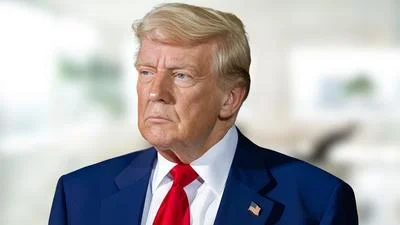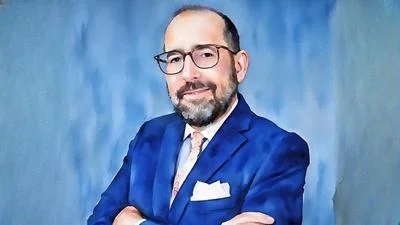In a new photography exhibit, the Morris Museum in New Jersey, established in 1913 and the sole Smithsonian affiliate in the state, pays tribute to the early sacrifices made during the Revolutionary War, a theme that resonates in ongoing struggles for freedom.
The exhibit, "At Home With George," showcases 21 large-scale photographs along with a noteworthy segment from a local PBS broadcast. The focus of the exhibit is the Ford Mansion, George Washington's military headquarters during the Revolutionary War. The mansion, now situated within the National Park System, was recognized by Congress and President Herbert Hoover as the country's first historical park.
The photographer Xiomaro was commissioned by the National Park Service to create a photographic collection of Morristown National Historical Park.
“As we approach Memorial Day on May 29 and Independence Day on July 4, my photographs aim to not only highlight the natural connection between Gen. Washington and these significant dates but also pay tribute to the often-overlooked men and women who lost their lives or endured extreme hardship through the decades in the fight for freedom,” the artist said.
Theodosia Ford, a widow, had generously provided her home for use as a military headquarters during the Revolutionary War. One of the displays shows Ford's bedroom, which was transformed into a makeshift bedroom for Washington and his wife, Martha.
Another display features a unique close-up image exposing the rudimentary interior of a replica log hut that accommodated as many as 12 soldiers in a tightly confined area, measuring merely 14 by 16 feet.
Xiomaro has specialized in capturing iconic historical sites for the past 12 years, aiming to promote their history, culture, and natural beauty. He is the author of Weir Farm National Historic Site, and his work has been exhibited internationally and featured on numerous television news outlets.
Previously an entertainment attorney and rock musician, he transitioned to art photography after recovering from cancer. As a way to signify this transformative period and recognize his Cuban and Puerto Rican heritage, he adopted the pseudonym "Xiomaro," interpreted as "ready for battle."









